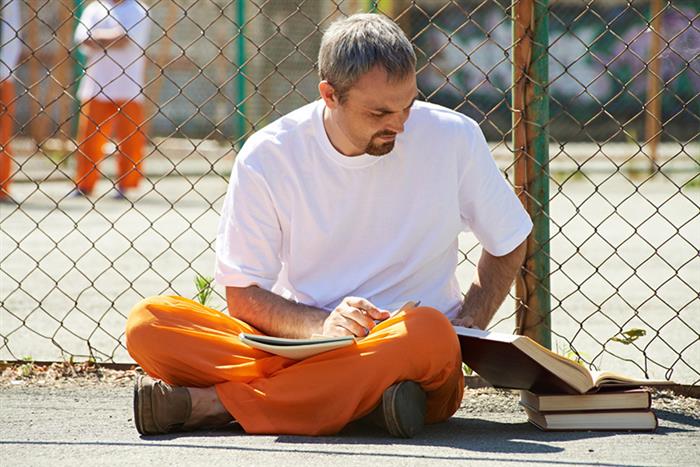
Log In


Traditional colleges and universities aren't the only institutions that have had to make significant changes to their in-person, academic instruction in the wake of the COVID-19 pandemic. College prison programs have faced their own unique challenges, requiring them to adopt new methods of remote instruction or risk program suspension.
In an effort to survive amid the coronavirus pandemic, in-person prison college programs have gone one of three ways: switching to a paper correspondence model, utilizing the technology available at prison facilities, or suspending the programs altogether. The most common method has been the paper model, where coursework packets are dropped off at the prison and then picked up for grading. Most college students in prison still do their assignments by hand, which has been seen as a detriment to their digital literacy and a hindrance to successful re-entry into society.
Second-Chance Pell Experimental Sites also cannot hold their regular correspondence classes to current law restrictions and have looked into other ways to communicate with students about Pell Grants for prisoners. Unfortunately during this process, there has been limited access to the Internet and technology, making it even more difficult for students to participate in their usual courses. In general, technology is very limited in prisons for a number of reasons, but the prisons that already offered technology and controlled Internet were quicker to adapt to the changes brought on by the coronavirus.
Provisions for Second-Chance Pell sites under the COVID CARES Act were established to prevent students from having to forfeit any years from their lifetime eligibility even if college prison programs are suspended. However, the suspensions are still emotionally taxing for students who rely on prison education programs for their mental and personal well-being.
Research on college programs in prison strongly indicates that postsecondary education can lead to a decrease in recidivism, as well as "improving morale and safety in facilities and increasing post-incarceration job prospects," according to Inside Higher Ed. Despite current setbacks to the prison education programs, the COVID-19 crisis may just have pushed facilities to implement the modern changes necessary for individuals to succeed in today's world once they've been released.